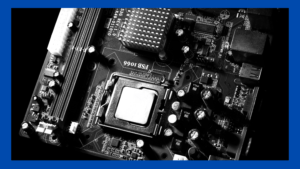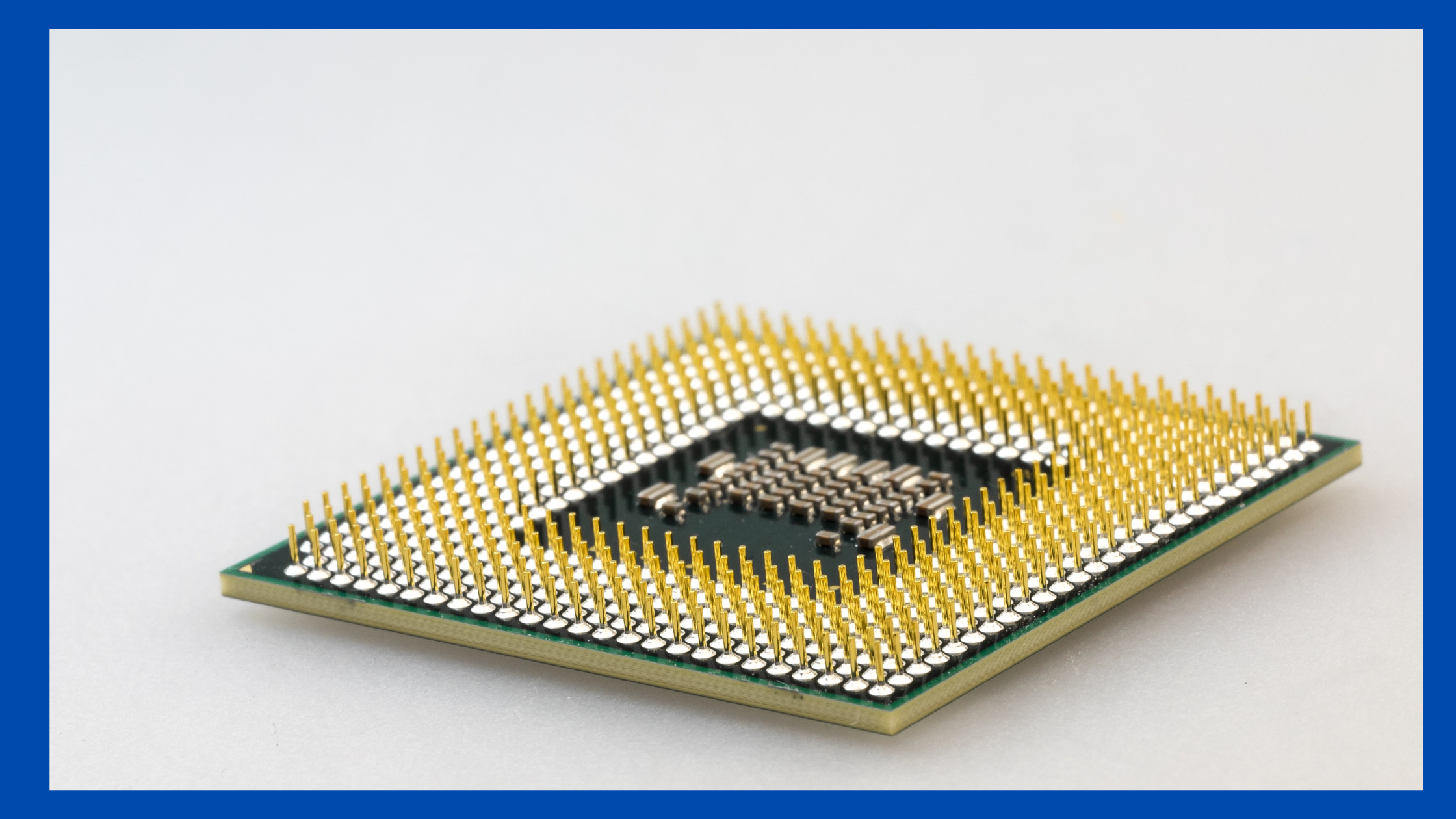If you are getting the error “Your CPU does not support the required feature (VT-X or Svm) “, there is a good chance that your computer does not have a Virtualization Technology (VT) extension card installed.
If you are using Windows, you can check to see if your computer has a VT extension card by opening Device Manager and looking for an entry named “Intel(R) Virtualization Technology”.
In this article, you get all the information related to How Do I Resolve the Android Studio Error, “Your CPU Does Not Support the Required Feature (VT-X or Svm)” step by step.
What are VT-x and SVM?
VT-x and SVM are both virtualization technologies. VT-x is a CPU extension that enables hardware virtualization, while SVM is a kernel-level virtualization feature.
VT-x allows multiple operating systems to run concurrently on a single physical machine.
In contrast, SVM enables numerous instances of the same operating system to run concurrently on a single physical machine.
What the Error Is and What It Means for the User?
- The Studio Error means, your computer’s CPU (central processing unit) may not support the virtualization extensions required for running virtual machines. This message appears when you try to run a virtual machine in VMware Workstation, Player, or Fusion.
- If your CPU does not support these extensions, you cannot run virtual machines on your computer. You can still use VMware products to run other types of applications, such as Windows or Linux desktops and applications.
- This error typically occurs because the processor is too old or has a problem with the processor’s microcode. In some cases, this error can also happen if the BIOS settings are incorrect.
The Causes of the Error include:
- Processor not enabled in BIOS
- Processor not compatible with virtualization extensions
- The operating system does not support virtualization
- Misconfiguration or software issue
1. Processor not enabled in BIOS
If you receive the error message “processor not enabled in BIOS”, your computer’s CPU may not support the required feature (VT-x or SVM) for virtualization.
It can be caused by various reasons, such as the BIOS being out of date, the CPU not being compatible with virtualization, or the motherboard not supporting virtualization.
If your computer’s CPU does not support virtualization, you will not be able to run any virtual machines on your computer.
To resolve this issue, you may need to update your BIOS, purchase a new motherboard that supports virtualization, or upgrade your CPU to one that supports virtualization.
2. Processor not compatible with virtualization extensions
If you are trying to run a virtual machine and receive the error “processor not compatible with virtualization extensions”, there are a few possible causes.
- The first possibility is that your CPU does not support VT-X or SVM’s required feature. If this is the case, you will need to purchase a new processor supporting virtualization.
- Another possibility is that your BIOS is not configured correctly. To check this, go into your BIOS and look for the setting called “Virtualization Technology” or “Intel Virtualization Technology”. Make sure it is enabled. If it is not, enable it and restart your computer.
3. The operating system does not support virtualization
When you try to run a virtual machine on a computer that does not support virtualization, you might see the following error message:
“The operating system does not support virtualization and cannot run this virtual machine.” There are several possible causes of this error.
The most common cause is that your computer’s CPU does not support the required feature (VT-X or SVM). Other possible causes include an incompatible operating system or lack of resources.
4. Misconfiguration or software issue
A recent error popping up for some users is “Your CPU does not support the required feature (VT-X or SVM).” A misconfiguration or a software issue can cause this error.
How to Fix the Error?
Since virtualization is a process that allows one computer to act as if it were several computers. You can do this by creating virtual machines, like separate computers that run inside the main computer. If your computer’s processor doesn’t have virtualization technology.
To use virtualization, you need a processor that supports it. To find out if your processor supports virtualization, go to the manufacturer’s website and look up your processor model.
If it doesn’t support virtualization, you can’t use virtualization features in Windows 10.
Or you may use third-party software to enable virtualization.

How to check if your CPU supports VT-x or SVM?
- You will need to open your computer’s BIOS to check if your CPU supports VT-x or SVM.
- You can do this usually by pressing a key such as Delete, F2, or Escape during the boot process.
- Once in the BIOS, look for a section called “CPU configuration” or something similar. You should see an option called “Intel virtualization technology” or “AMD virtualization technology.”
- If this option is enabled, your CPU supports virtualization.
What to do if your CPU doesn’t support VT-x or SVM?
When building a new computer or upgrading an old one, it is essential to ensure that your CPU (central processing unit) supports virtualization extensions such as VT-x or SVM.
These extensions enable your computer to run virtual machines, which can help create test environments, run different operating systems, or isolate applications from each other.
If your CPU does not support virtualization extensions, you will not be able to use virtual machines on your computer.
There are a few things that you can do if your CPU does not support virtualization extensions.
- You can try upgrading your CPU to a model that supports virtualization extensions.
- If that is not possible or affordable, you can try using a different operating system that does support virtualization extensions.
Can I Use Android Studio Without Virtualization?
Yes, you can use Android Studio without virtualization. Android Studio is a development environment for creating Android apps.
It’s available for free download on the Android website. You don’t need to have a virtual machine to use it.
Conclusion
In conclusion, if you see the error message “Your CPU does not support the required feature (VT-X or Svm)”, you will need to upgrade your CPU to continue using Android Studio.
If you cannot upgrade your CPU, you may need to consider using a different development environment. Thank you for reading!




